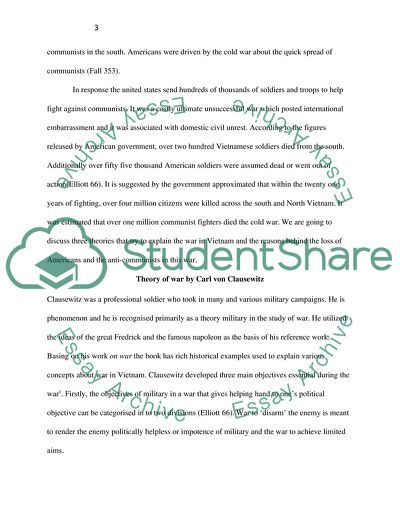Cite this document
(The War Of Southeast Asia Essay Example | Topics and Well Written Essays - 2250 words, n.d.)
The War Of Southeast Asia Essay Example | Topics and Well Written Essays - 2250 words. Retrieved from https://studentshare.org/military/1874260-the-wars-of-southeast-asia
The War Of Southeast Asia Essay Example | Topics and Well Written Essays - 2250 words. Retrieved from https://studentshare.org/military/1874260-the-wars-of-southeast-asia
(The War Of Southeast Asia Essay Example | Topics and Well Written Essays - 2250 Words)
The War Of Southeast Asia Essay Example | Topics and Well Written Essays - 2250 Words. https://studentshare.org/military/1874260-the-wars-of-southeast-asia.
The War Of Southeast Asia Essay Example | Topics and Well Written Essays - 2250 Words. https://studentshare.org/military/1874260-the-wars-of-southeast-asia.
“The War Of Southeast Asia Essay Example | Topics and Well Written Essays - 2250 Words”. https://studentshare.org/military/1874260-the-wars-of-southeast-asia.


